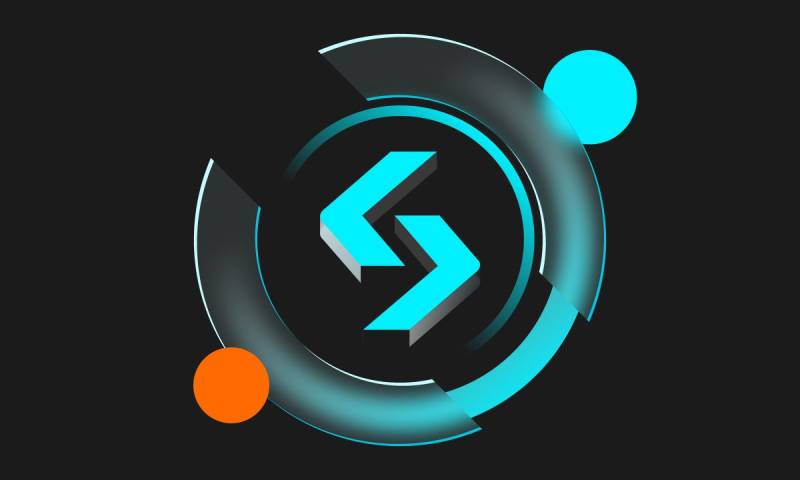The giant Fidelity has published an optimistic report on the Lightning Network, a network that enables instant and nearly free bitcoin transactions.

The Lightning Network is a secondary network anchored to the Bitcoin network that increases transaction throughput and payment privacy. It compensates for the slowness and sometimes high fees of “on-chain” transactions. In jargon, this is referred to as “Layer 1” and “Layer 2.” Layer 1 is the Bitcoin blockchain, while Layer 2 is the Lightning network.
The Bitcoin network is designed to generate a transaction block every 10 minutes. Each block can weigh up to 4 MB, or about 3,000 transactions. This is little, but by design. It would have been very easy to increase the size of the blocks, but at the cost of decentralization.
The possibility of increasing block size has long been debated and led in 2017 to the BCH (Bitcoin Cash) fork. It was unsuccessful as one BCH is now worth 0.3% of one BTC. The market deemed that a blockchain with unlimited block sizes would undermine decentralization.
Decentralization relies on the existence of numerous nodes that form the backbone of the Bitcoin network. They validate transactions and ensure that the protocol is strictly followed, especially the limit of 21 million BTC.
However, the number of nodes is directly proportional to their cost, which depends on the memory required to store the blockchain (currently 630 GB). Increasing block size would increase this cost and ruin the decentralization without which bitcoin would be worthless.
Developers like Thaddeus Dryja thus proposed the Lightning Network where transactions take a fraction of a second for negligible fees. All of this without compromising the fundamental properties of Bitcoin (decentralization).
Disclaimer:info@kdj.com
The information provided is not trading advice. kdj.com does not assume any responsibility for any investments made based on the information provided in this article. Cryptocurrencies are highly volatile and it is highly recommended that you invest with caution after thorough research!
If you believe that the content used on this website infringes your copyright, please contact us immediately (info@kdj.com) and we will delete it promptly.














































































